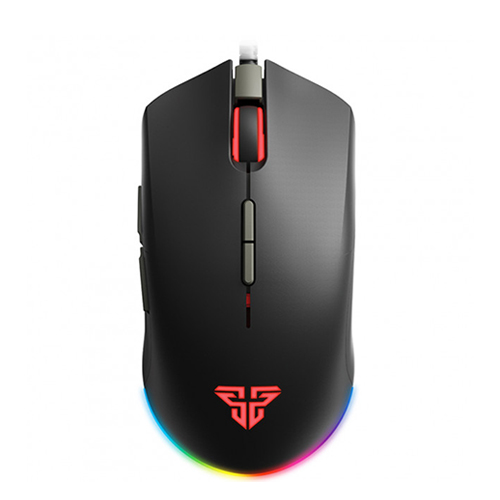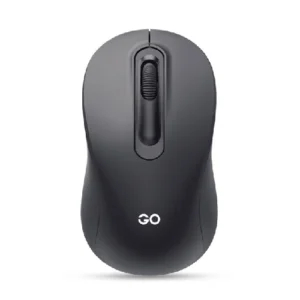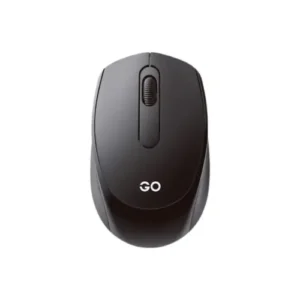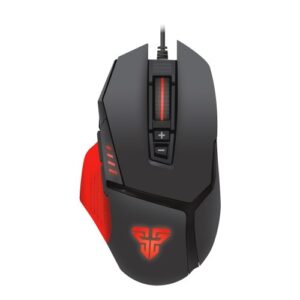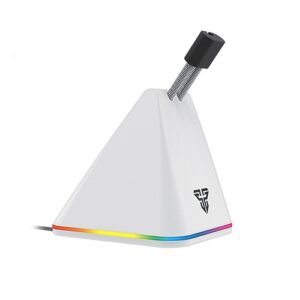Key Features of a 7-Key Programmable Keyboard
When evaluating a 7-key programmable keyboard, several key features and specifications should be taken into consideration to ensure optimal performance and user experience. One of the most critical aspects is the build quality. A robust construction not only enhances durability but also provides a satisfying feel during use. High-quality materials, such as aluminum or reinforced plastic, are commonly found in premium models, offering resistance against wear and tear over time.
Another essential specification is the key travel distance. This distance, typically measured in millimeters, refers to how far a key must be pressed down to register a keystroke. A shorter key travel distance often allows for quicker response times, making it especially beneficial for gaming and fast-paced applications. Conversely, a longer key travel can enhance typing comfort, reducing fatigue during extended use.
Switch type is a fundamental factor that influences the typing experience. Mechanical switches are favored by many due to their tactile feedback and durability, catering to both gamers and typists alike. These switches come in various varieties, allowing users to choose the one that best fits their preferences, between linear, tactile, or clicky options. On the other hand, membrane switches typically offer a quieter experience but may lack the same level of durability and responsiveness.
Compatibility with different operating systems is another crucial specification to consider. A versatile 7-key programmable keyboard should be designed to work seamlessly across multiple platforms, including Windows, macOS, and Linux. This ensures that users can maximize the functionality of their keyboards regardless of the system in use. Ultimately, these features contribute to the overall usability and performance of the keyboard, making it suitable for various applications ranging from gaming to programming and general use.
Unlocking the Potential: How to Use 7 Programmable Buttons Effectively
The integration of seven programmable buttons within a keyboard offers significant advantages for both productivity and gaming environments. These buttons enable users to assign various functions, allowing for enhanced efficiency and improved overall experience. To maximize the utility of these programmable buttons, it is essential to understand their applications in different scenarios.
For gamers, assigning macros to these buttons can result in faster response times during gameplay. This may include programming complex combinations of keystrokes or commands into a single button press, facilitating smoother and faster interactions within games. Examples include executing a series of attacks or movements instantly—skills especially highlighted in competitive gaming contexts.
In a productivity setting, the programmable buttons can be employed as shortcuts for frequently used applications or commands. For instance, one button can be designated to launch essential software like spreadsheets or graphics editing tools. Moreover, repetitive tasks such as copy-pasting or formatting can be streamlined by assigning these actions to a button, saving valuable time. Users may also consider incorporating commands that toggle specific settings or features in their chosen applications, further enhancing workflow efficiency.
Software options for customizing these programmable buttons are widely available. Programs like AutoHotkey allow users to create intricate scripts for their buttons, transforming simple presses into powerful commands tailored to specific needs. On the other hand, many keyboard manufacturers provide dedicated software with user-friendly interfaces for setting up button assignments easily. Adopting strategic assignments based on individual working or gaming styles can lead to a noticeable increase in productivity and enjoyment.
In conclusion, effectively utilizing the seven programmable buttons on your keyboard not only streamlines tasks but also optimizes your engagement in gaming. A thoughtful approach to function assignment and the right software can unlock their full potential, contributing to a more efficient and enjoyable user experience.
